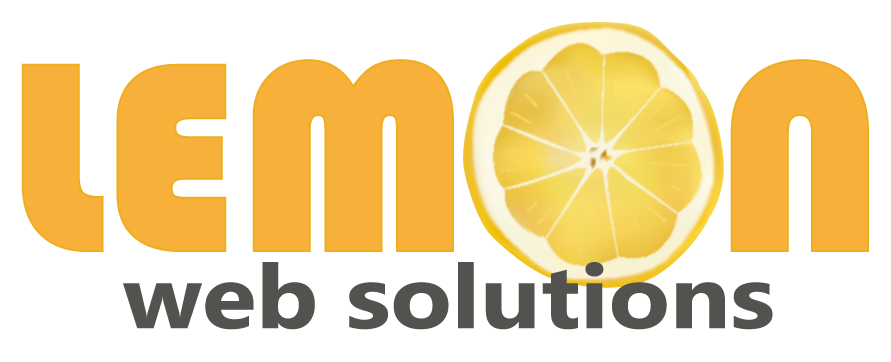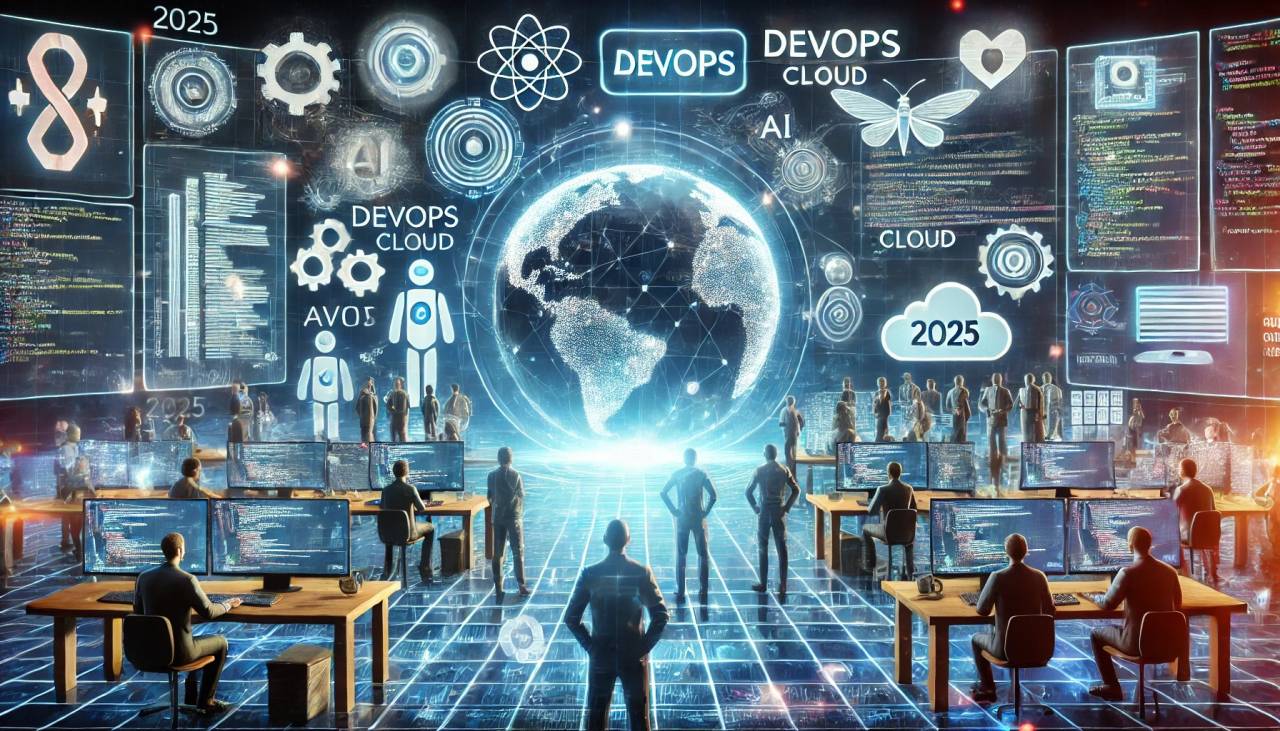As 2025 approaches, Developer explores the future of software development in the coming year. Key trends on the horizon include simplifying AI development, embracing cross-functional engineering teams, and advancing DevSecOps practices. These changes are set to transform how organizations tackle innovation, enhance security, and streamline efficiency within their development processes.
Simplifying AI-Powered Development
Avthar Sewrathan, AI Product Lead at Timescale, envisions a major shift in the tech stack landscape by 2025. "The traditional tech stack will continue to collapse," Sewrathan predicts, pointing to the growing impact of APIs and tools designed to reduce complexity and accelerate development. These advancements are poised to make it easier for engineers, regardless of their experience level, to build powerful AI applications.
By 2025, APIs and streamlined tools will drive this transformation, offering frictionless and accessible solutions with minimal barriers to entry. This approach aims to empower developers of all skill levels to craft impactful AI applications, fostering increased competition across the industry as more creators gain access to sophisticated capabilities. With AI applications becoming an integral part of daily interactions, Sewrathan emphasizes that reliability and consistency will become essential in ensuring their success. "In 2025, as AI apps take center stage, ensuring their consistency and reliability will be crucial," he states.
he Changing Role of Developers
Indu Keri, General Manager and Head of Engineering for Hybrid Cloud at Nutanix, foresees a transformative shift in software development beginning in 2025. "Tools like Copilot are already democratizing software development and engineering," Keri explains. With the fusion of Generative AI and low-code platforms, coding itself could become nearly obsolete. Instead of writing code, AI will directly create applications, allowing developers to focus on more strategic responsibilities.
"The daily life of developers will change dramatically," Keri remarks. "Freed from repetitive tasks, developers will take on elevated roles, collaborating with decision-makers to align technology solutions with business challenges." This shift, Keri asserts, will highlight developers' strengths—creativity and innovation—while encouraging them to embrace leadership positions within their organizations. Adding to this perspective, Sewrathan notes, "By 2025, engineers at any skill level will be able to create AI applications thanks to accessible APIs and models. However, the real differentiators will lie in consistency, usability, and the impact on customers."
Agentic AI and DevOps Automation
The buzz around agentic AI is set to peak in 2025 as organizations adopt specialized AI agents for various stages of software delivery, including code generation, testing, and quality assurance. This orchestrator-led strategy is expected to bring a smarter approach to DevOps automation. Martin Reynolds, Field CTO of Harness, explains, "Rather than relying on a single, basic GenAI assistant, organizations will deploy specialized agents for each phase of software delivery, such as code generation, testing, and quality assurance." "One agent will serve as the orchestrator, coordinating the others to deliver deeper insights into the entire process," he adds. Rodrigo Coutinho from OutSystems cautions against over-reliance on agentic AI, noting its limitations. "In recent years, businesses have tried to apply GenAI to every problem, with mixed results. While GenAI excels in many scenarios, it's not a one-size-fits-all solution," he explains. Coutinho emphasizes the importance of aligning AI strategies with business needs rather than following trends. "AI tools are only as effective as the data they're trained on. Just because agentic AI is the latest buzz doesn't mean you should abandon simpler solutions. Focus on what best serves your organization's goals."
Integration of Cross-Functional Engineering Teams
Beyond advancements in AI development, the evolution of cross-functional engineering teams is poised to bring transformative change. Martin Reynolds envisions a shift away from standalone DevOps teams toward more comprehensive groups that encompass expertise from all engineering disciplines. "By 2025, organizations will transition from isolated DevOps teams to holistic groups with representation across all engineering areas," Reynolds states. This move toward unified, cross-functional teams aims to break down lingering silos in software delivery, paving the way for faster innovation. To support these teams, companies will increasingly adopt integrated platforms that cover the entire software delivery lifecycle, from CI/CD to chaos engineering and cloud cost management. Reynolds highlights the role of Internal Developer Portals (IDPs) in empowering these teams. "To unlock the full potential of these platforms, organizations will make their capabilities accessible through IDPs, enabling engineers to independently access the tools and data they need," he advises.
Advancing DevSecOps Practices
The evolution of DevSecOps is reshaping the software development landscape with a shift towards more comprehensive approaches. Dylan Thomas, Senior Director of Product Engineering at OpenText Cybersecurity, anticipates that by 2025, DevSecOps will progress from the "shift-left" strategy to a broader "shift-everywhere" model. This approach emphasizes the importance of applying the right tools at each stage of the DevSecOps cycle to enhance both efficiency and security practices. "Lightweight analysis within IDEs will enable developers to address issues early," Thomas explains. "Automation embedded in pull requests and CI/CD pipelines will support a unified 'integrate once' framework for key functions like SAST, SCA, and increasingly DAST, especially for API security testing."This holistic integration is expected to streamline development workflows while strengthening security across the board.
Advancing Software Bill of Materials (SBOM) Practices
The Software Bill of Materials (SBOM) is becoming a cornerstone in the evolving software development landscape. Government regulations are pushing organizations to adopt SBOMs at scale, requiring not just the creation of these documents but also their effective utilization. While generating SBOMs in standardized formats has become commonplace, the greater challenge lies in converting raw data into actionable, risk-based insights. As DevSecOps practices mature, tools like VEX (Vulnerability Exploitability Exchange) will play a key role by providing essential context to SBOMs. This will streamline vendor-consumer interactions, reduce inefficiencies, and strengthen overall security.
PostgreSQL's Expanding Role in Managing Complex Data
PostgreSQL's robust extension capabilities are set to become a key asset in handling complex data types within a unified platform. "By 2025, PostgreSQL will cement its status as the ultimate 'everything database,' being the first to seamlessly integrate AI features like embeddings into its core ecosystem," predicts Avthar Sewrathan, AI Product Lead at Timescale.
This advancement will simplify data workflows, eliminate reliance on external processing tools, and empower businesses to manage complex data types in a single, centralized system. As organizations increasingly adopt integrated solutions capable of handling diverse datasets without depending on specialized or standalone databases, PostgreSQL is at the forefront of this transformative shift.
Diverse App Stores Set to Transform Mobile Distribution
The app store landscape is on the brink of a major transformation as mobile carriers regain influence over app distribution, challenging the dominance of Apple and Google. Matt Tubergen, EVP of Global Strategy & Partnerships at Digital Turbine, explains, "The app store ecosystem is shifting from an Apple and Google duopoly to a more open environment, with mobile carriers reclaiming their role in connecting consumers to apps." Regulatory changes are playing a pivotal role in this shift, including bans preventing tech giants from incentivizing app store preloads. These changes empower carriers and device manufacturers to preload their own apps on devices, positioning them as key players in alternative app distribution.
"This regained autonomy allows carriers to drive organic growth for alternative app stores," Tubergen adds. Carriers are expected to offer developers more favorable revenue-sharing models than Apple and Google, while consumers benefit from a broader and more diverse app selection. Tubergen highlights, "The emerging open app store economy will prioritize developers and users, moving away from a system that primarily serves Apple and Google." This new competitive and decentralized landscape gives developers greater control over their earnings. Consumers, in turn, will enjoy a richer variety of curated apps tailored to their preferences. With major advocates like Epic Games and Microsoft promoting inclusivity, the global app distribution model is likely to mirror the success of alternative stores thriving in Asia. This evolution signals a more inclusive, innovative, and consumer-centric approach to mobile app distribution.
Rise of xOps
The integration of DevOps, DataOps, and ModelOps is giving rise to a unified "xOps" paradigm, driven by the increasing incorporation of AI into traditional applications. "This evolving set of dependencies will significantly speed up 'AI-aware' Release Orchestration," explains Derek Holt, CEO of Digital.ai. "At the same time, it will challenge operations, support, and QA teams as the boundaries between conventional declarative applications and new dependencies on LLMs and Generative AI technologies begin to blur."
Growing Security Challenges
While AI-generated code can significantly boost developer productivity, it also brings heightened security concerns due to the sheer volume of code requiring vulnerability and error testing. "Generative AI has been shown to halve the time developers need to complete tasks, but the increased output must still undergo rigorous testing for vulnerabilities," warns Derek Holt, CEO of Digital.ai. "This adds security risks and creates extra workload during the later stages of delivery, potentially negating the efficiency gains from AI-generated code." Supply-chain attacks have also seen a notable rise in recent years, a trend likely to persist into 2025 and beyond. Aaron Costello, Chief of SaaS Security Research at AppOmni, highlights, "We've observed a steady increase in supply-chain attacks on SaaS through compromised third-party applications. This has prompted organizations to scrutinize integrations and their access requests more closely." Costello's research into data exposures reveals that threat actors often don't need an initial foothold to access sensitive data. "A combination of undocumented legacy API endpoints, excessive public access permissions, and inadequate vendor logging continues to offer threat actors highly effective avenues for hit-and-run attacks," he explains.
Increased Regulatory Oversight
As security challenges grow, failing to safeguard software could lead to increasingly severe consequences. With rising awareness and demand for dependable software systems, developers must prepare for stricter regulatory scrutiny. Martin Reynolds, Field CTO of Harness, remarks, "Following incidents like the CrowdStrike outage, we can expect greater regulatory pressure on low-quality software." Regulators worldwide are likely to implement tougher standards beyond frameworks like the EU's Digital Operational Resilience Act (DORA). This push stems from consumer sentiment, with a recent Harness survey showing that approximately 74% of consumers believe regulations should hold companies accountable for software updates that cause IT outages. Organizations managing critical infrastructure in sectors like banking, healthcare, and energy must proactively improve software testing protocols to meet these emerging demands. "They'll need clear recovery plans to respond swiftly when unexpected issues arise," Reynolds advises. Adopting modern delivery practices—such as feature flags and canary deployments—will be essential for maintaining high code quality and stable release cycles. These strategies not only strengthen software resilience but also build consumer trust and loyalty. As regulations increasingly treat software reliability on par with cybersecurity, taking proactive steps will be crucial for business growth and regulatory compliance. Companies that prioritize quality will gain a competitive edge in an industry where reliability is becoming a key differentiator.
Overall, predictions for 2025 depict an industry undergoing significant transformation. From advancements in AI development and cross-functional teams to more sophisticated DevSecOps practices, these changes are poised to drive innovation, enhance security, and improve user experiences across various sectors.







Comments